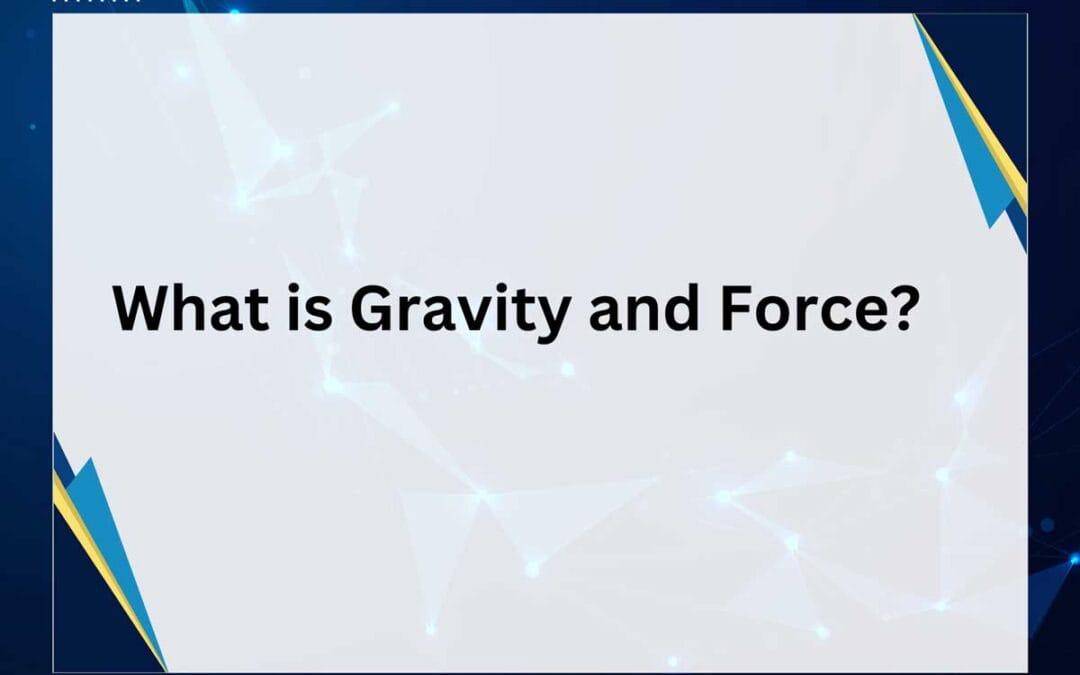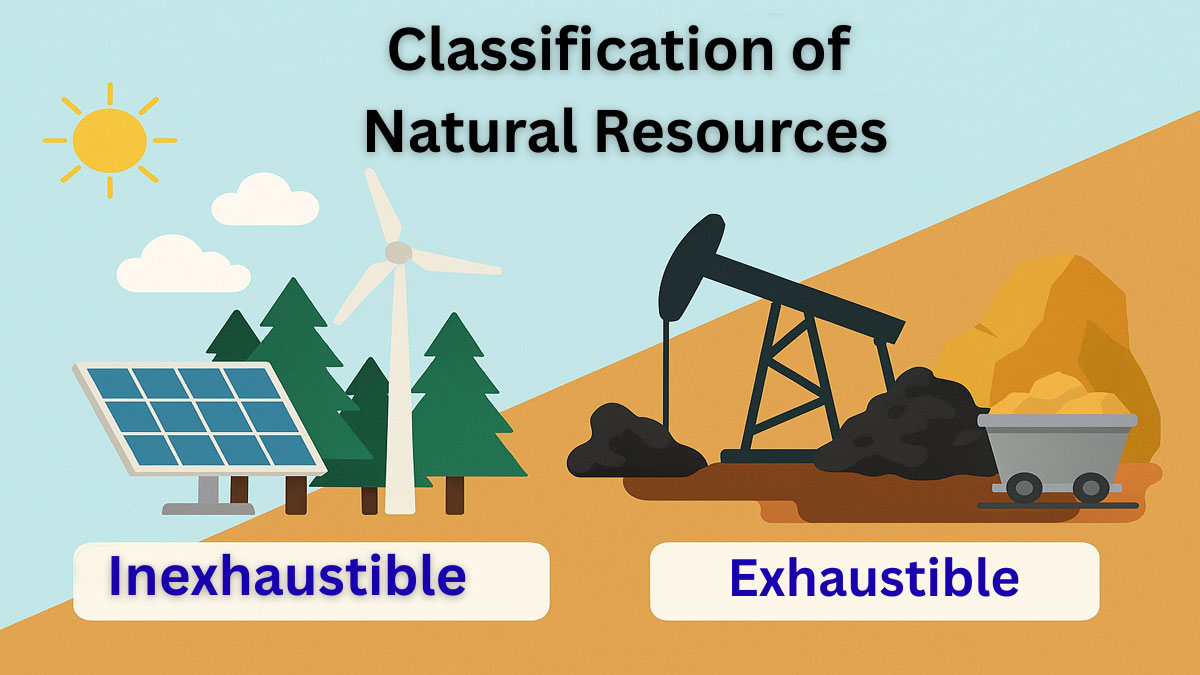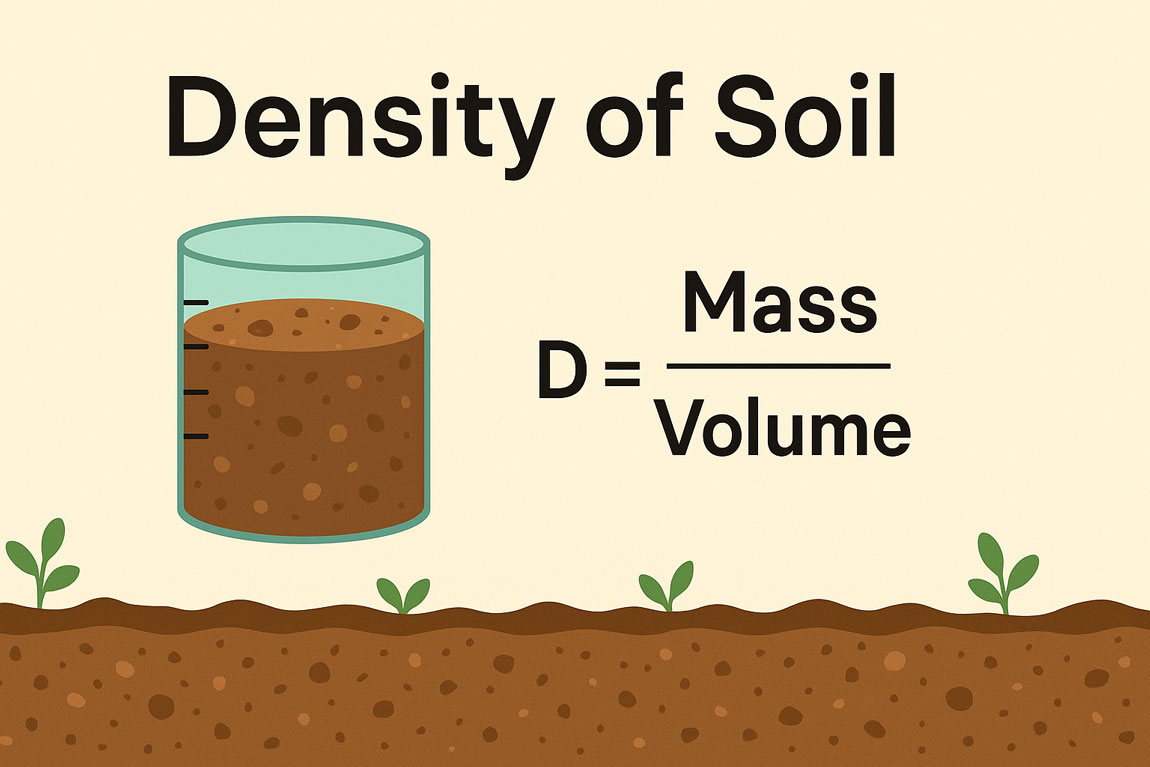Gravity and force are two powerful forces that shape the world as we know it. From holding us to the ground to keeping planets in orbit, gravity and force are fundamental to our universe’s natural laws.
What is Gravity?
Gravitation refers to the attractive force that exists between two masses, like the Earth and our own bodies. The degree of this attraction is influenced by both the mass of the objects involved and the distance that separates them. When an object falls towards the ground, it accelerates more quickly, an effect measured by what we call Gravity. This phenomenon is quantified in units known as Gals, named in honor of the great scientist Galileo. One Gal equals 1 cm/sec2.
It isn’t uniform across the Earth; it varies due to various measurable factors, including tidal forces. Through surveys, scientists can detect subtle variations in gravity levels resulting from changes in the density of subsurface rocks. Generally, areas with denser rocks exhibit higher readings, while regions with less dense rocks show lower values.
The Concept of Force:
Force refers to the push or pull exerted on an object that has mass, which can cause the object to alter its velocity. It acts as an external influence capable of changing an object’s state, whether it is at rest or in motion. Forces can be categorized into two main types: contact forces and non-contact forces. A prime example of a non-contact force is gravity, as it can influence objects without the need for them to be physically connected.
The Earth’s Shape and Gravity:
- The Earth’s surface is quite uneven and does not serve well as a standard reference level. Instead, we should explore the concept of the GEOID, which represents the average level of the seas and oceans. This surface is unique because it is an equipotential surface, meaning it is perpendicular to the direction of gravity everywhere. Unlike a straightforward geometric shape, the GEOID reflects the complexities of gravitational variations, as gravity itself is not uniform.
- The reference spheroid is a mathematically defined surface that isn’t exactly an ellipsoid of revolution. However, the distinction is minimal enough to treat it as an ellipsoid.
- The polar flattening of the Earth is given by f = (a – b)/a = 297, where a = 6,378.388 m and b = 6,356.909 m are the equatorial and polar radius of the Earth.
- The International Gravity Formula (Stockholm, 1930) is based on the above reference spheroid:
gt = 9.78049(1.0+0.0052884 sin²(θ) – 0.0000059 sin²(2θ)) m/s².
How do scientists measure gravity?
- Scientists determine gravitational acceleration, denoted as g, with the help of two kinds of gravity meters. One type, the absolute gravimeter, directly measures g by tracking the speed of a falling mass with a laser beam. While this meter can achieve remarkable precision, with an accuracy range of 0.01 to 0.001 mGal (milli Gals, equivalent to 1/1000 Gal), it tends to be costly, heavy, and cumbersome.
- A second type of gravity meter tracks changes in gravitational pull between two sites. This device features a mass attached to a spring that stretches more where gravity is stronger. It can measure gravitational acceleration with an accuracy of 0.01 mGal in about 5 minutes. Additionally, relative gravity measurements are taken at the closest absolute gravity station, part of a global network of gravity reference points. This process effectively links the relative gravity readings to the absolute gravity network.
Measuring gravity:
• Units
– 1 Gal (after Galileo) = 1 cm/s2
– thus g (at Earth’s surface) ~ 103 Gals
– gravity anomalies measured in milliGals
– 1 mGal = 10-3 Gals = 10-5 m/s2
• Gravimeters sensitive to ~ 0.001 mGal,
- i.e., 10-8 of Earth’s field
• Usually, relative gravimeters used
Gravity measuring instruments:
• On land: Can be done using:
- a) relative gravimeters
• stable gravimeters
• unstable gravimeters
- b) absolute gravimeters
• pendulums
• falling masses
Effects of Gravity:
Orbits: Gravity keeps planets in orbit around stars and moons in orbit around planets.
Tides: The gravitational pull of the Moon and the Sun causes tides in the Earth’s oceans.
Weight: The weight of an object refers to the gravitational force that pulls it towards the center of a planet or celestial body. This force can change based on the object’s mass and the strength of the gravitational field where it is located.
Gravitational Field:
A gravitational field is a region of space around a mass where another mass experiences a force. The strength of this field can be described by the gravitational field strength gg, which is approximately 9.81m/s29.81m/s2 on the surface of Earth.
Gravity and Force in Science and Technology:
Gravity and forces play an essential role in science and technology. Engineers take these forces into account when building structures such as bridges, planes, and roller coasters. In space exploration, gravity assist is used to use a planet’s gravity to propel a spacecraft without additional fuel. This shows how we can use gravity to drive technological progress.






